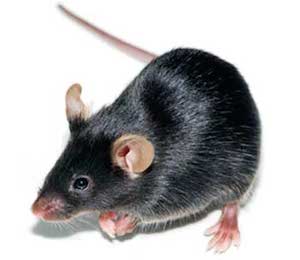 The volume of information and insight on display at this year's meeting invites hyperbole. Just to skim the abstracts, you would have to read 3,000 a day. If you could somehow view all 15,000 presentations - while seated on a conveyer belt, perhaps - you and your fellow researchers would generate 450 million abstract views and eighteen million exhibitor interactions.
The volume of information and insight on display at this year's meeting invites hyperbole. Just to skim the abstracts, you would have to read 3,000 a day. If you could somehow view all 15,000 presentations - while seated on a conveyer belt, perhaps - you and your fellow researchers would generate 450 million abstract views and eighteen million exhibitor interactions. That is beyond amazing. It's absurd.
By any measure, Society for Neuroscience 2016 meeting will prove a frankly incredible exchange of information. New information means innovative ideas, the latest designs for clinical trials and fresh avenues for collaborations.
At this year's conference, there will be over 1,200 presentations on Alzheimer's disease alone. The connections researchers form here will give hope to the millions of people around the world who suffer from this terrible disease or who have family members who are affected.
27% of Society for Neuroscience 2016 Abstracts Discuss Mouse Model Studies
 Just under 1,000 of these publications used a single genetically engineered Alzheimer's disease model, the tg2576. This mouse is only one of a number of genetically engineered models in Alzheimer's disease. The tg2576 is useful for the study of neuronal decline and memory loss identified with Alzheimer's disease as well as the study of drugs designed for treatment or prevention of Alzheimer's disease.
Just under 1,000 of these publications used a single genetically engineered Alzheimer's disease model, the tg2576. This mouse is only one of a number of genetically engineered models in Alzheimer's disease. The tg2576 is useful for the study of neuronal decline and memory loss identified with Alzheimer's disease as well as the study of drugs designed for treatment or prevention of Alzheimer's disease. The pace of development supported by new model generation techniques gives tremendous scope to the effort of relieving pain and suffering through neuroscience research. For any of us who use models of human disease in our work, the annual meeting of the Society of Neuroscience is an opportunity to discover innovative research with applications to meet all areas of interest especially Alzheimer's disease exploration.
















.jpg)

.jpg)
.jpg)
.jpg)
.jpg)





.jpg)


.jpg)
.jpg)




.jpg)




.jpg)

.jpg)




